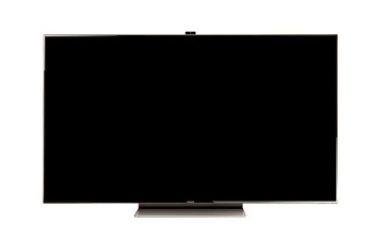DJ Speakers
A DJ can be incredibly talented at mixing songs and selecting the perfect playlist for specific parties. However, the audio visual equipment that is used is just as important. Among the many pieces of equipment that a professional DJ should have in their inventory are good quality speakers.
Before shopping around for speakers, it’s important that DJs understand the fundamentals regarding sound transmission between the speaker and amplifier, which will help determine the speaker ratings that are used to rate different models.
About Audio Power
It’s essential that DJs gain a basic understanding of the relationship between audio power and how speakers will function to transmit sound. Obviously, electrical power is necessary to bring sound from an amplifier to the speakers. These two pieces of equipment will have their own set of limitations when it comes to how much input and output can be handled based on specific power specifications, which are typically used to give them their speaker ratings.
About Speaker Ratings
DJs should gain a simple understanding about how speakers are rated in order to accurately identify the amount of power a speaker’s voice coil will be able to tolerate before being damaged. These ratings are given in two different manners: continuous power, and peak power.
Continuous power – This is measured in Root Mean Square watts (RMS), and is calculated to determine AC variations over time. Ratings based on RMS are considered more accurate, but usually only higher-end speaker manufacturers will supply this.
Peak power – This is the maximum amount of energy output that a speaker can tolerate before getting damaged. This rating measures a high level of output, meaning the rating will consistently be higher than a speaker measured on continuous power.
Classes of DJ Speakers
All DJ speakers fall under one of two categories: active or passive.
Active Speakers
Active speakers are those which come with an amplifier built into them. The advantage to these is that the specifications between amplifier and speakers has already been matched up. The disadvantage to active speakers is that they are much heavier with the amplifier already built in, making transportation more challenging.
Passive Speakers
Passive speakers do not come with an amplifier, meaning that DJs will have to buy an amplifier that is compatible with the speakers. Buying an amplifier from the same manufacturer as the speakers can help DJs more easily match the compatibility. The advantage to passive speakers is that they allow DJs to have more choices when it comes to setting up their speaker system.
Types of Speakers for DJs
DJs have a choice when it comes to the type of sound they need monitored and projected.
Monitor Speakers
These speakers are manufactured to allow DJs to listen to the music they’re projecting from other speakers. The sound projected does not have the dynamics that other speakers add, so DJs can more readily regulate the sound precisely.
PA Speakers
These speakers can either be bought as a package, or separately. PA speakers can be employed to create a range of sounds at higher volumes for a long period of time. Those with large cabinets are able to handle deep bass sounds.
Subwoofers
For DJs who are interested in exuding a seriously low bass sound should consider getting a subwoofer, which is capable of exploiting low bass frequencies. These allow DJs to boost their bass production via a small speaker, focusing PA speakers on the higher frequency sounds.

